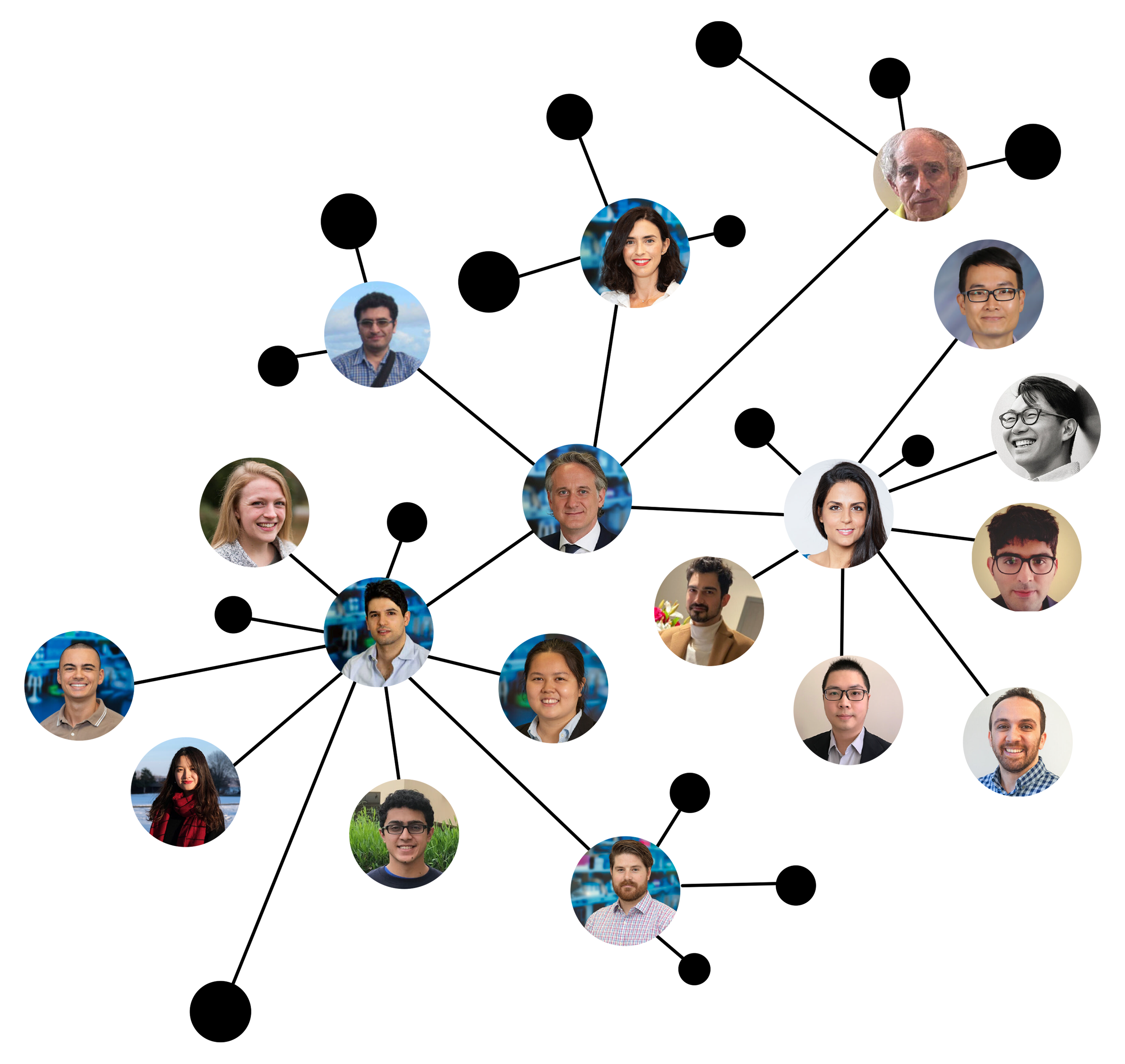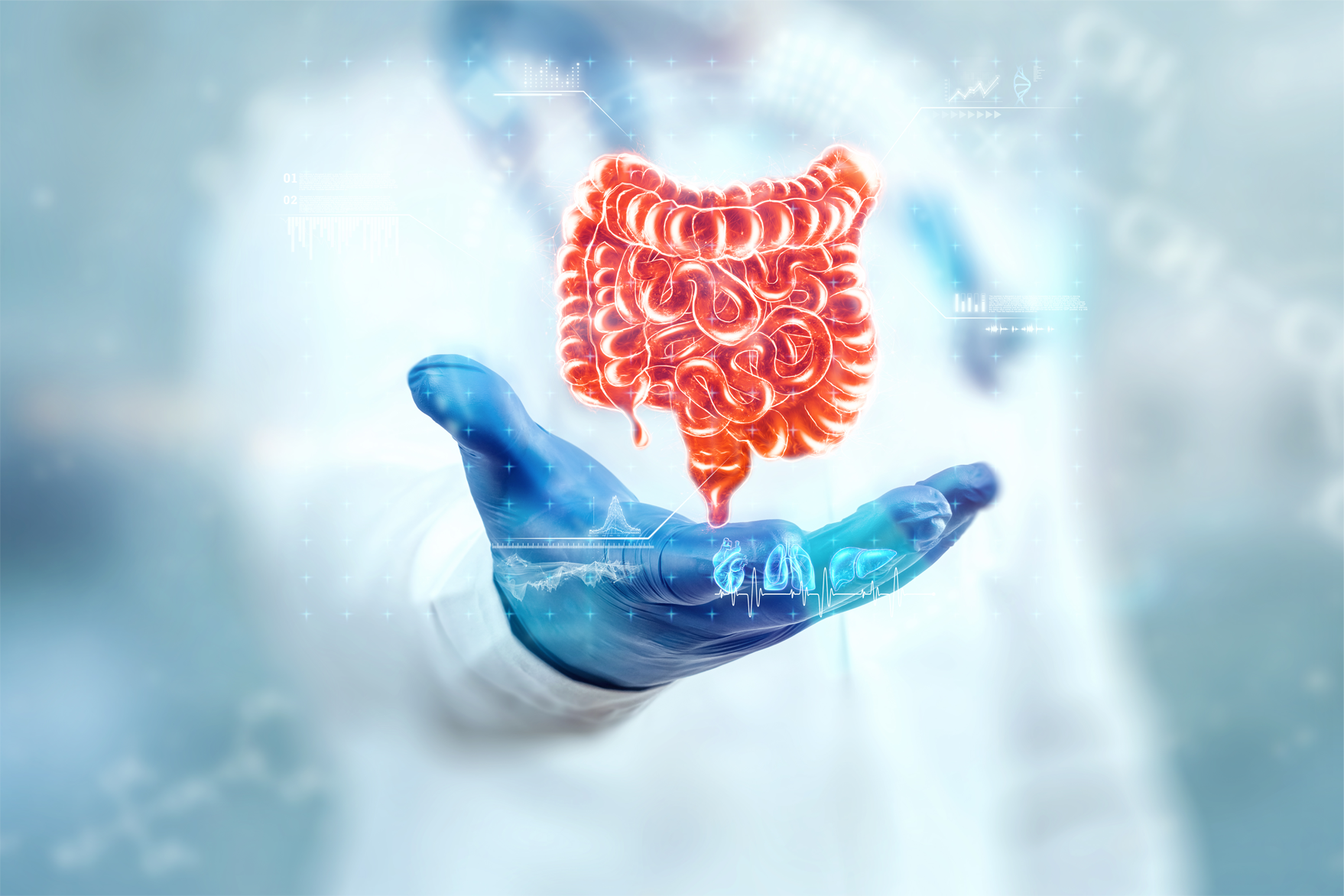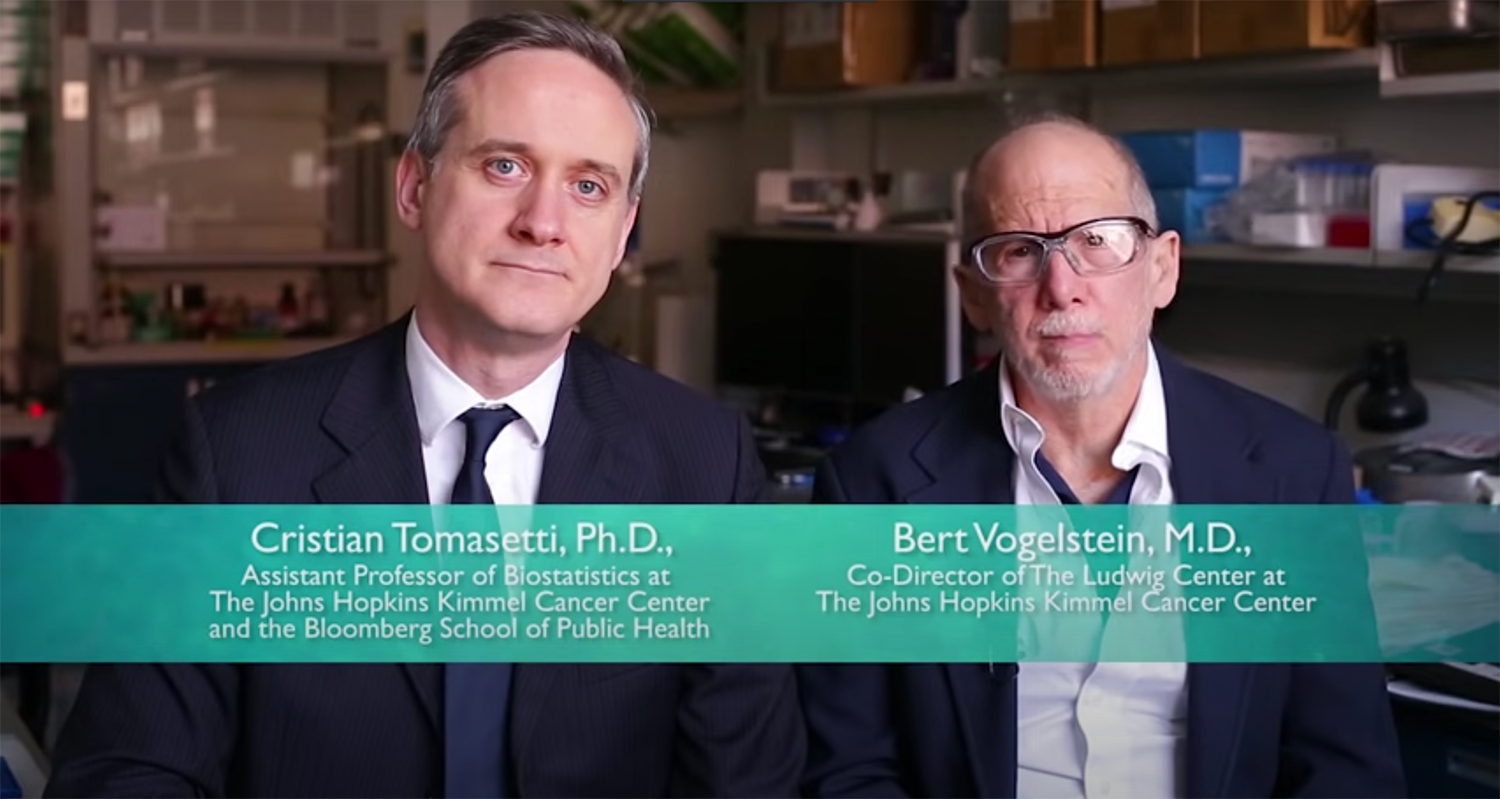EARLY DETECTION OF CANCER
VIA CELL-FREE DNA TESTINGDr. Tomasetti's lab has led the effort to develop algorithms for the early detection of cancer, using machine learning and statistical analysis in combination with cell-free DNA sequencing and protein data. The resulting tests are among the very first ever produced, and are currently being further developed and tested to make them available to the general public.
CANCER EVOLUTION
Our lab develops mathematical models of tumorigenesis, that in combination with experimental and epidemiological data, provide important insights on cancer evolution.
CANCER ETIOLOGY:
THE BAD LUCK OF CANCERBy combining mathematical modeling, statistical methods, and machine learning, with experimental, epidemiological, and DNA sequencing data, we have provided the first quantitative evidence for the large role in cancer causation played by the normal, i.e. endogenous, accumulation of somatic mutations in the cells of the human body.

Research in Cancer
Tomasetti’s Lab is focused on using mathematical modeling, statistics, machine learning, A.I. and bioinformatics methods to address:
Early Cancer Detection and Monitoring
Noninvasive cell-free DNA (cfDNA) blood tests are showing the potential to detect cancers years before conventional diagnostic methods.

Cancer Evolution
Cancer is driven by the sequential accumulation of genetic and epigenetic change. we provide mathematical models of the full process of tumor evolution. Those models are able to recapitulate a substantial proportion of the observed cancer incidence in several cancer types.

You can think of Cancer as a mathematical model. The better we understand that model, the better we understand cancer and the better we can fight it.



CRISTiAN TOMASETTI
Director, Center for Cancer Prevention and Early Detection, City of Hope
Professor and Director, Division of Mathematics for Cancer Evolution and Early Detection, Department of Computational and Quantitative Medicine, Beckman Research Institute, City of Hope
Professor and Director, Division of Integrated Cancer Genomics, Translational Genomics Research Institute
Cancer Etiology, Evolution, Risk Prediction, Early Detection and Monitoring.
By combining mathematical modeling, statistical analysis, machine learning, A.I. and bioinformatics with experimental, epidemiological, and DNA sequencing data, Dr. Tomasetti has provided the first quantitative evidence for the large role in cancer causation played by the normal, i.e. endogenous, accumulation of somatic mutations in the cells of the human body.
As an applied mathematician, he currently leads the effort to develop classification algorithms for the early detection of cancer via a simple blood test.

Meet the People
Modernize your rounded icon box with rounded border style. This is one of the best icon style for your WordPress site.
The Division of Mathematics for Cancer Evolution and Early Detection draws upon a talented group of accomplished experts in mathematical modeling, statistics, machine learning, A.I. and bioinformatics at City of Hope and TGen.
Latest Publications

Circulating tumor DNA guides chemotherapy use in stage II Colon Cancer.

Evaluating the Impact of Multi-Cancer Early Detection Testing on Health and Economic Outcomes: Toward a Decision Modeling Strategy.

Circulating tumor DNA dynamics and recurrence risk in patients undergoing curative intent resection of colorectal cancer liver metastases: a prospective cohort study. Special Issue on Early detection and Minimal Residual Disease.

The Bad Luck of Random Mutations
Modernize your rounded icon box with rounded border style. This is one of the best icon style for your WordPress site.
Cancer Etiology, Evolution, Risk Prediction, Early Detection and monitoring.
Two factors are widely recognized as causing cancer: environment (E) and heredity (H).
A paper published in Science in 2015 provided evidence for a third factor: the random mistakes made when normal stem cells divide. The results in this paper showed that there was a strong correlation between the lifetime number of normal stem cell divisions in an organ and its lifetime cancer incidence. This contributes to explain why certain cancer types have a much higher incidence than others….

Division of Mathematics for Cancer Evolution and Early Detection, Department of Computational and Quantitative Medicine, Beckman Research Institute, City of Hope
Address
1500 E Duarte Rd, Duarte, CA 91010, USA
Mailing Adress
ctomasetti@coh.org
